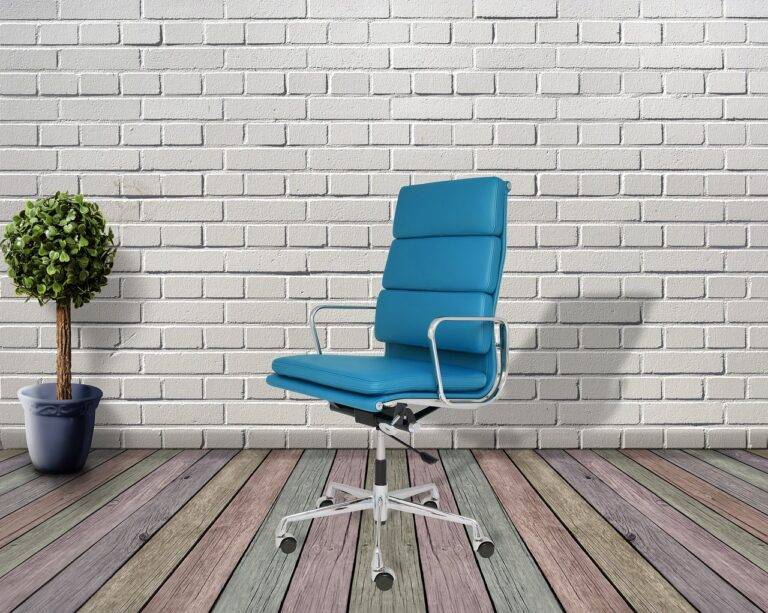Tips for Designing a Home That Promotes Gender Equality
When designing a shared space, it is crucial to consider the needs and preferences of all individuals who will be using the area. By incorporating furniture that is both functional and comfortable, you can create an environment that promotes collaboration and communication among its users. Additionally, arranging seating in a way that encourages face-to-face interaction can further enhance the sense of community within the space.
Furthermore, integrating elements of flexibility into the design of a shared space allows for the area to be adapted to accommodate various activities and group sizes. This may involve incorporating movable partitions, adjustable lighting, or modular furniture that can easily be rearranged. By prioritizing versatility in the layout of the space, you can ensure that it remains conducive to collaboration and creativity for all who utilize it.
Incorporating Neutral Colors and Decor
Neutral colors and decor can create a calming ambiance in any space, making it feel more open and inviting. Beige, ivory, gray, and taupe are excellent choices for walls, furniture, and accessories as they provide a versatile backdrop for accent colors to pop against. Additionally, incorporating natural materials like wood, rattan, and jute can add warmth and texture to a room while maintaining a neutral color palette.
When decorating with neutral colors, it is important to consider the lighting in the space. Natural light can enhance the soft tones of neutrals, creating a serene atmosphere, while artificial lighting can sometimes cast shadows that alter the perceived color of your decor. Opting for matte finishes instead of glossy ones can help minimize any stark contrasts and create a unified look throughout the room.
Why should I consider incorporating neutral colors and decor into my space?
Neutral colors create a calm and soothing environment, making your space feel more inviting and relaxing. Additionally, neutral decor is timeless and versatile, allowing you to easily switch up accessories without having to change the entire color scheme.
How can I incorporate neutral colors into a shared space?
To incorporate neutral colors into a shared space, consider using a neutral color as a base and then adding pops of color through accessories or artwork. This allows everyone to feel comfortable in the space while still adding personality.
What are some popular neutral colors to consider?
Popular neutral colors include white, beige, gray, taupe, and soft pastels. These colors create a cohesive and harmonious look that can work well in any space.
How can I add depth and texture to a neutral color scheme?
To add depth and texture to a neutral color scheme, consider incorporating different textures such as wood, metal, textiles, and natural elements. This will create visual interest and prevent the space from feeling flat or boring.
Are there any tips for incorporating neutral decor without it feeling too bland?
To prevent neutral decor from feeling bland, mix in different shades of neutrals, add patterns or prints for visual interest, and incorporate statement pieces or bold accessories to liven up the space. This will create a balanced and stylish look.





